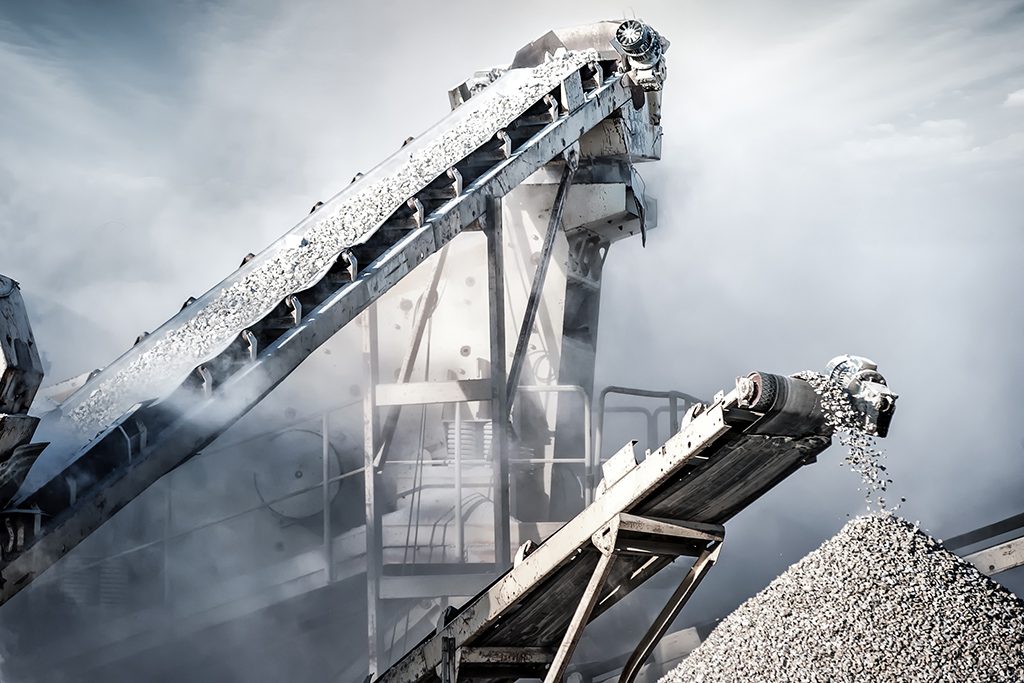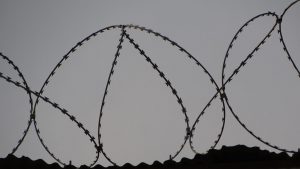Richmond, B.C. – Cement producer Lafarge is aiming to reduce greenhouse gas emissions at its cement production facility in Richmond by switching over to a lower carbon fuel system that uses non-recyclable waste.
The cement producer explained that the $28-million initiative aims to make the 60-year-old facility the most carbon efficient cement plant in the country.
The changes are also expected to reduce non-recyclable plastic waste that are creating issues for municipalities across Canada.
The newly commissioned fuel handling and delivery system is designed to reduce the plants fossil fuel use by 50 per cent. Lafarge anticipates the changes could result in a 20 per cent reduction of combustion emissions.
“Lafarge is aligned with Metro Vancouver’s sustainability goals for recovering energy from landfill-bound solid waste, a classic example of the Circular Economy in action,” said Pascal Bouchard, plant manager, in a press release. “This new system allows us to more easily reach our target of substituting 50 per cent of our fossil fuel use with lower carbon options. Data from our pilot suggests we can go higher—even up to 70 per cent is realistic.”
The new fuel used by the plant mostly made from non-recyclable waste byproducts, enabling Lafarge to save approximately 100,000 tonnes per year of waste from going to landfills. This is the equivalent of about 8,300 loaded garbage trucks.
“With an ever-growing population, using waste as a source of energy is the future of waste management and recycling. It offers superior environmental performance compared to landfill and incineration of waste and significantly reduces greenhouse gas emission from cement production” said Sophie Wu, head of Geocycle North America, LafargeHolcim’s waste management subsidiary.
The Richmond facility has been permitted to use lower carbon fuels for ten years. The system builds on previous upgrades which allowed the plant to substitute low carbon fuel for 25 per cent of the plants fuel needs.
The project was given $14 million in funding support from the British Columbia Ministry of Environment.











Recent Comments